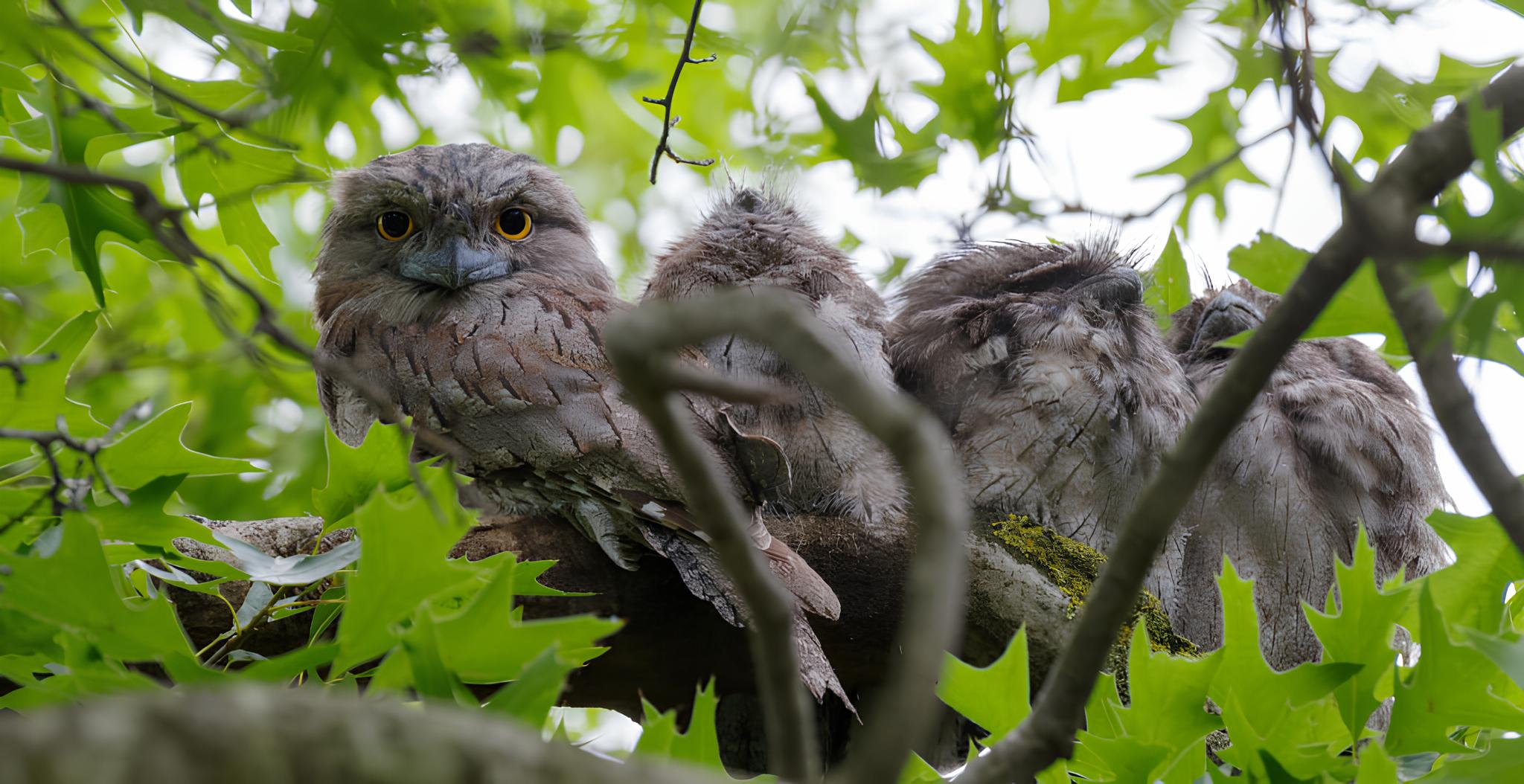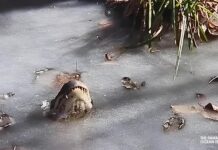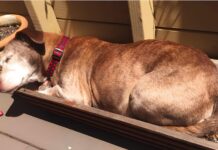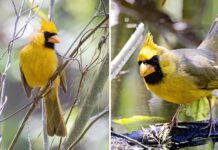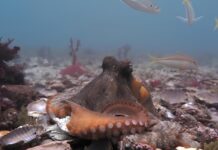The tawny frogmouth (Podargus strigoides) is a frogmouth species native to Australia’s mainland and Tasmania. It is a large-headed, stocky bird that is sometimes mistaken for an owl due to its nocturnal habits and similar coloring. It is also known as mopoke or mopawk, which is also used for the Australian boobook, whose cry is frequently confused with that of the tawny frogmouth.

The tawny frogmouth, which perches low on tree branches throughout the day disguised as part of the tree, is one of the greatest instances of cryptic plumage and mimicry among Australian birds. Their silvery-grey plumage, which is patterned with white, black, and brown streaks and mottles, allows them to freeze into the shape of a broken tree branch and become nearly invisible in broad daylight. To emphasize the likeness, the tawny frogmouth frequently perches on a broken limb and thrusts its head upwards at an extreme angle with its very big, broad beak. Often, a couple sits together and points their heads skyward, only breaking cover if approached near to take flight or warn off predators. When attacked, adult tawny frogmouths give an alarm cry, instructing offspring to stay motionless and immobile, preserving the natural concealment offered by the plumage.

Owls and tawny frogmouths both feature mottled patterning, broad eyes, and anisodactyl feet. Owls, on the other hand, have strong legs, powerful talons, and toes with a unique flexible joint that they employ to grab prey. Tawny frogmouths prefer to grab their prey with their beaks since their feet are quite weak. They sleep in the open, relying on camouflage for protection, and make their nests in tree forks, whereas owls rest in dense foliage and build their nests in tree hollows. Tawny frogmouths have broad, forward-facing beaks that they use to catch insects, whereas owls have narrow, downward-facing beaks that they use to tear prey apart. Tawny frogmouth eyes are to the side of the face, whereas owl eyes are entirely forward on the face. Furthermore, unlike tawny frogmouths, owls have complete or partial facial discs and huge, asymmetrical ears.

Human activities and pets provide a lot of risks to tawny frogmouths. They are frequently killed or injured on country roads when eating, since they fly in front of automobiles while hunting insects highlighted by headlights. Large-scale eucalypt tree cutting and extensive bushfires pose major dangers to their numbers, as they do not migrate to other places if their homes are destroyed. House cats are the most major imported predators of the tawny frogmouth, but dogs and foxes have also known to kill the birds on occasion. When tawny frogmouths pounce on food on the ground, they return to fly slowly and are vulnerable to attack by these predators.
Tawny frogmouths are at significant danger of pesticide exposure because they have evolved to dwell in close proximity to human settlements. Continued broad use of insecticides and rodent poisons are harmful as they linger in the system of the target animal and can be lethal to a tawny frogmouth that consumes them. Toxins have an indirect impact since they can be absorbed into fatty tissue, causing the bird to show no obvious indications of illness until the winter, when the fat deposits are pulled on and the poison enters the bloodstream.
